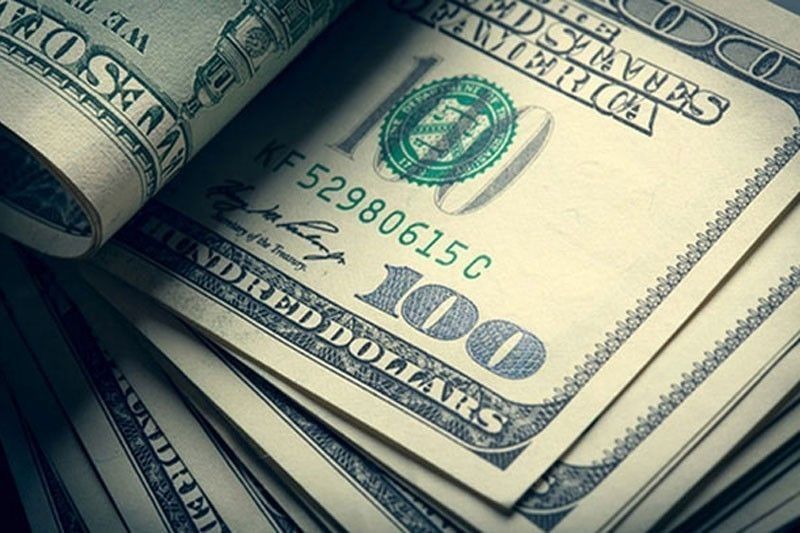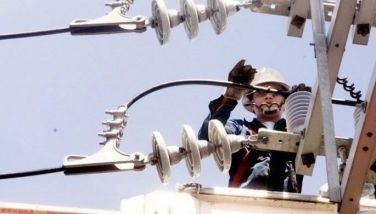Philippines posts dollar inflow surplus in August

MANILA, Philippines — Dollar inflows outnumbered outflows in the Philippines for the first time this year in August, helping boost the country's declining foreign reserves being used to stop the peso from plummeting.
According to the Bangko Sentral ng Pilipinas on Wednesday, the country registered a balance of payments surplus of $1.27 billion last month, a reversal of the $7 million in deficit same period a year ago.
From January to August, however, BOP remains on the deficit worth $2.44 billion, higher than the $1.39 billion recorded same period last year, figures showed.
BOP summarizes all capital inflows and outflows in an economy over a particular period. A surplus means more foreign money entered than left, while the opposite is true for a deficit.
The BSP, in a statement, said inflows in August came mainly as a result of foreign currency deposits by the national government as well as income from its investments abroad.
"These were partially offset, however, by the payments made by the (government) for its foreign exchange obligations and foreign exchange operations of the BSP during the month in review," it said.
A BOP surplus means the country generates more than enough foreign earnings to meet its external obligations such as paying for imports or debts. These earnings typically pile up at the central bank as foreign reserves.
Indeed, in August, the country's foreign reserves recovered to $77.93 billion from the previous month's $76.72 billion, data showed.
Reserves serve as a war chest which the country can use to settle imports and debts during times of crisis. In terms of import adequacy, reserves in August were enough to settle 7.1 months worth of shipments, data showed.
The import cover last month was the lowest since the aftermath of the global financial crisis in February 2009 when it was at 6.9 months. At least 6 months adequacy is considered sufficient.
The central bank has been using the country's reserves to temper the peso's recent declines against the dollar. It does so typically by exchanging dollar assets in the reserves for pesos to boost the local currency demand and value.
The peso has been trading at 13-year-lows against the greenback and contributing to faster inflation which hit a nearly decade high of 6.4 percent last month.
- Latest
- Trending






























